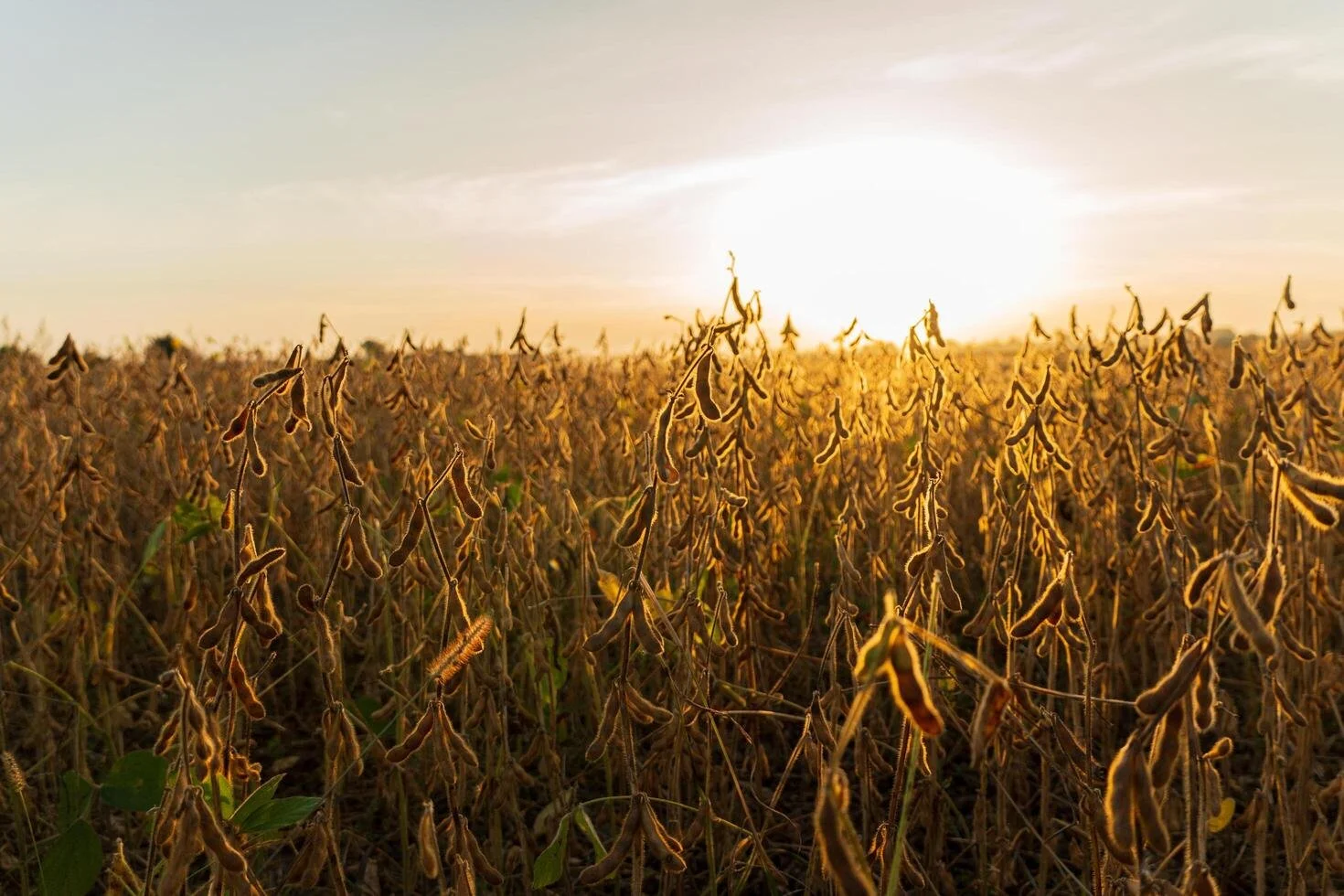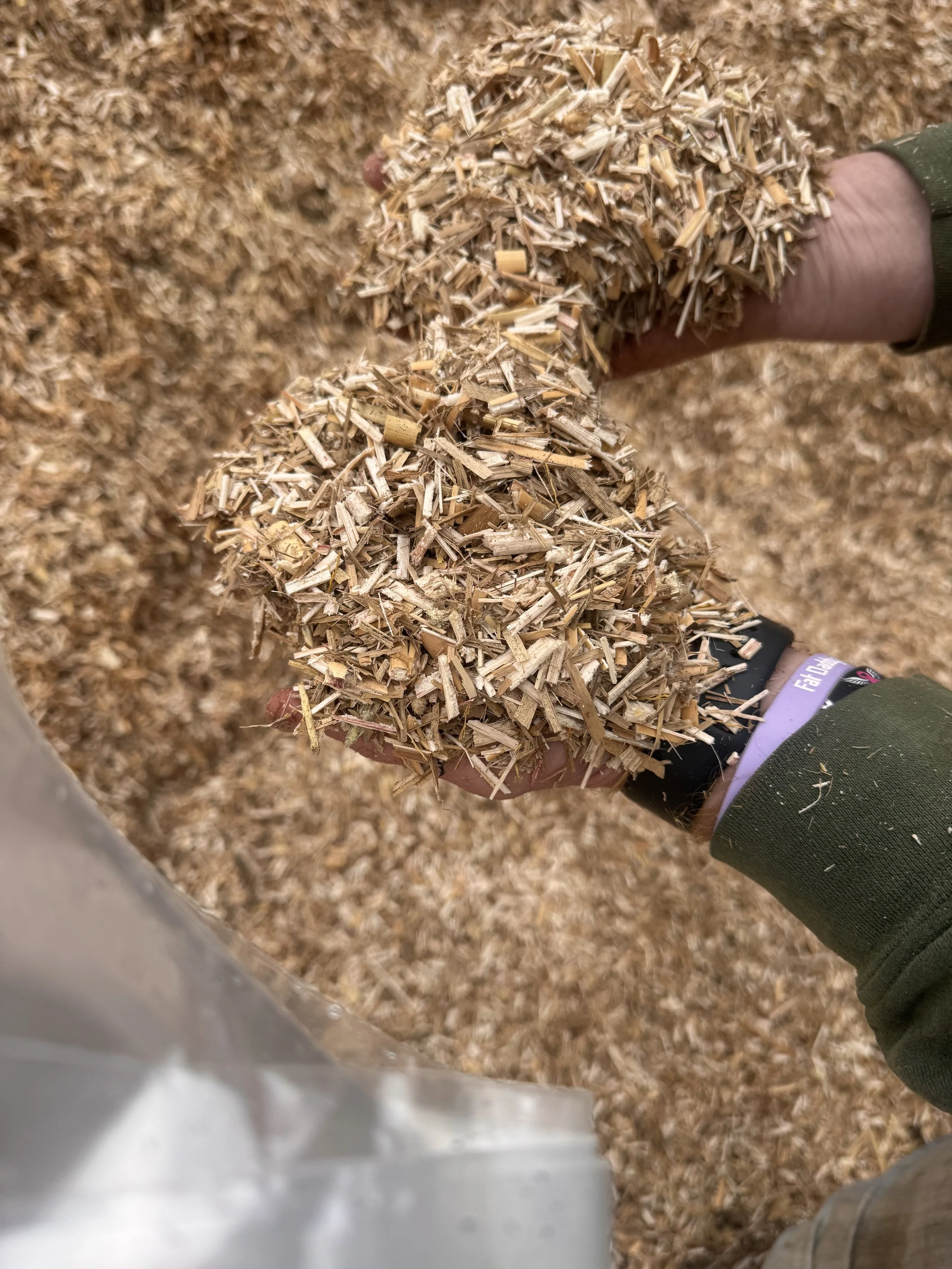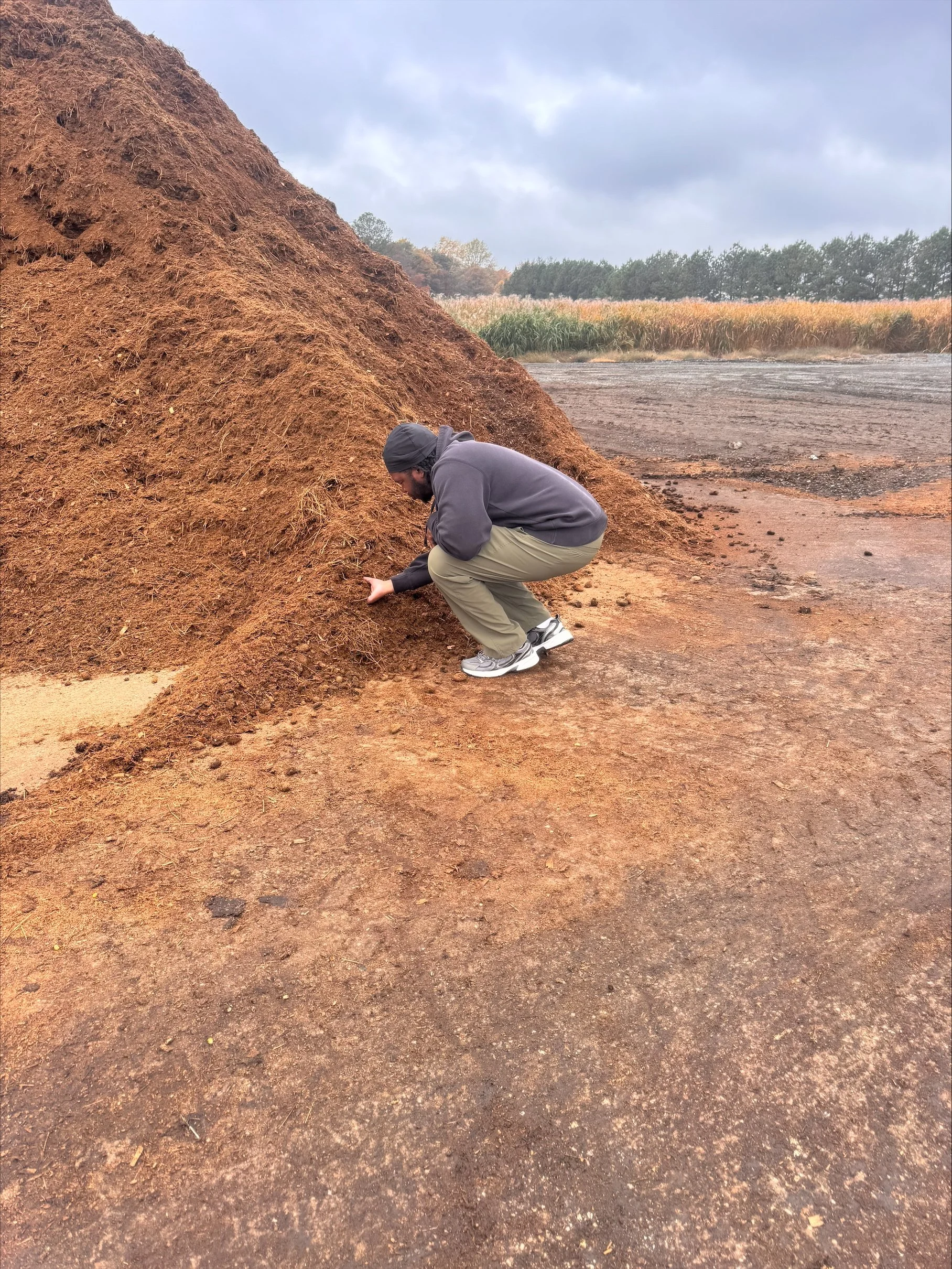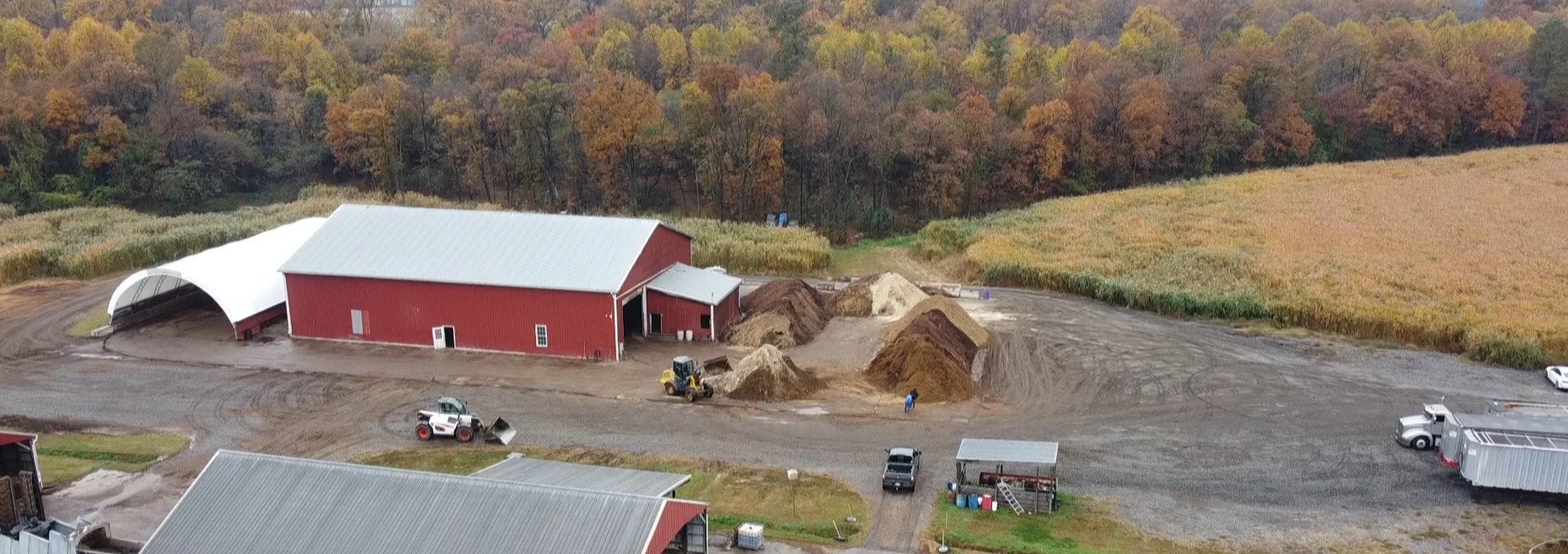
Mid-Atlantic Organic Resource Company
From spoil to soil, from high cost to hot commodity, from expense to essential, from haul-away to high demand, from trash to treasure, from burden to boon, transforming waste to revenue, convert liabilities into assets, from waste to worth.
OUR MISSION
As farmers, we want to make a better fertilizer that is environmentally friendly and economically better for our fields.
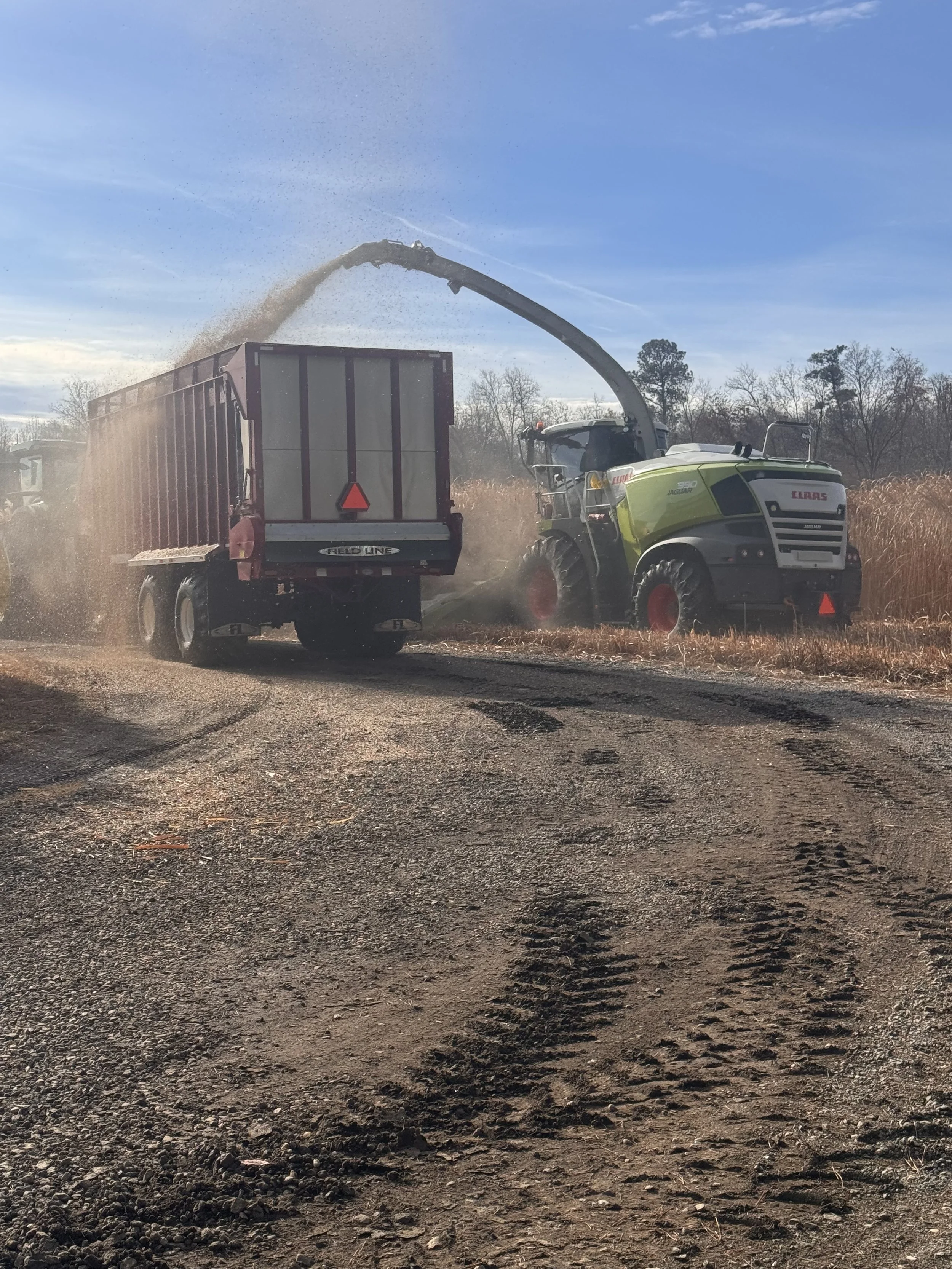
Boosting Productivity and Protecting the Land
Increase in field crop yield
Incremental revenue from chicken farms
Over 55 million pounds of organics diverted from landfills/10 million pounds of organics diverted from landfills EACH YEAR
